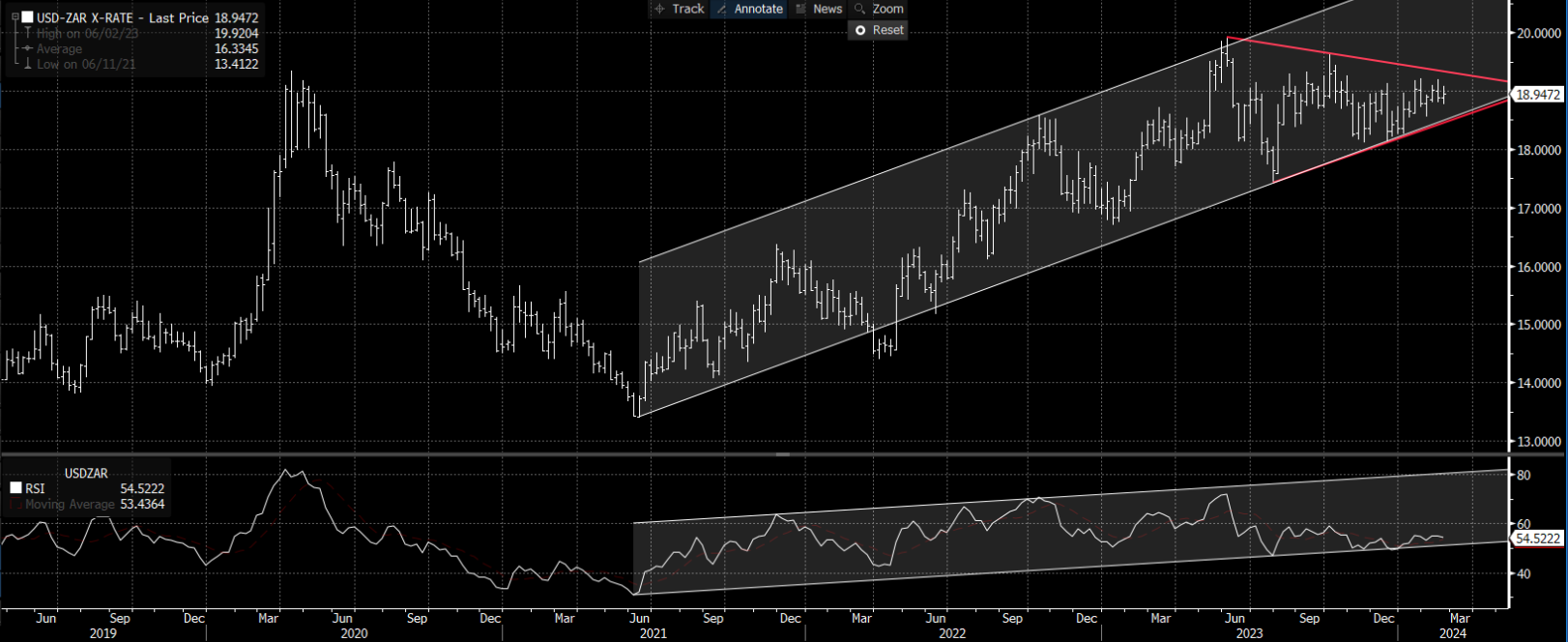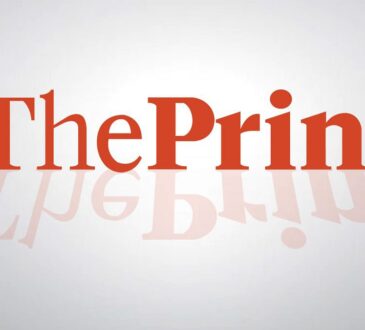
Despite an attractive yield differential, the South African rand is unable to counterbalance the US dollar. There’s no shortage of explanations for this: lower annual growth and a much higher unemployment rate and inflation in South Africa than in the United States. What follows does not look much better, and should further benefit the greenback.
For a change, let’s take a look at one of the main currencies of the “enlarged” G10, the South African rand. Traditionally, we like to talk to you about currencies that also follow a carry-trade logic, but sometimes, in the absence of a thrush, we have to learn to make do with eating blackbird. This is precisely the case with the ZAR, which defies the laws of carry: despite a current yield differential of almost 3% (the refinancing rate is 8.25% vs. 5.50% in the US), it has given up almost half its value since mid-2021.

Source: Bloomberg
The chart configuration illustrates the point. The USDZAR is inside an uptrend channel in progress since 2021, with support around 18.50. This level also corresponds more or less to the lower limit of a triangle-shaped congestion (shown in red). A breakout above 19.20 will confirm the end of this consolidation period and should revive the upward momentum beyond the highs at 19.80.
Elsewhere in the forex news, the euro is attempting to recover against the dollar, even though it is already facing intermediate resistance around 1.0880, which can be compared with the 0.6610 level on the aussie. As for the Japanese yen, it continues to draw unanimous support, whether against the dollar, the euro, the Swiss franc or the British pound. The choice is yours!

